The Timeless Magic of Cinema: From Flickering Frames to Global Dreams
There’s something about the glow of a cinema screen that feels almost sacred. The hush before the opening credits, the smell of popcorn, the collective gasp when a story takes an unexpected turn — cinema is not just an art form; it’s a universal language that has shaped the way humanity dreams, remembers, and feels.
The Birth of a Revolution
The story of cinema begins in the late 19th century, when inventors and visionaries across the world were trying to capture movement itself. In 1895, the Lumière brothers, Auguste and Louis, presented their first public screening in Paris — a collection of short films that included Workers Leaving the Lumière Factory. It lasted less than a minute, but it changed the world forever.
People were astonished. Some screamed and ran out when a train appeared to come toward them on screen — a moment that defined the sheer power of moving images. It was no longer just about storytelling; it was about experiencing another reality.
Soon, others joined the revolution. Georges Méliès, a magician turned filmmaker, saw the potential for fantasy and illusion. His film A Trip to the Moon (1902) took audiences beyond the ordinary, blending imagination with innovation. Across the Atlantic, early American filmmakers like D.W. Griffith pushed the boundaries of narrative storytelling, setting the stage for Hollywood’s golden rise.
The Golden Age of Dreams
By the 1920s and 1930s, cinema had become a global phenomenon. Silent films gave way to sound — “talkies” — and the silver screen turned actors into gods. Hollywood emerged as the beating heart of the film industry, producing timeless classics that continue to influence cinema today.
Charlie Chaplin, with his bowler hat and wordless humor, taught the world that emotion could transcend language. Alfred Hitchcock turned suspense into an art form. And in the midst of political turmoil, films like Casablanca (1942) reminded audiences that love and hope could survive even in the darkest times.
Meanwhile, other nations were shaping their own cinematic identities. Italian Neorealism brought raw humanity to post-war films like Bicycle Thieves (1948). French New Wave filmmakers like François Truffaut and Jean-Luc Godard redefined storytelling with fragmented narratives and restless energy. In India, Satyajit Ray’s Pather Panchali (1955) told the world that simple, human stories could be just as powerful as any spectacle.
The Age of Cult Classics and Innovation
As cinema matured, it began to rebel against itself. The 1970s saw the rise of the “New Hollywood” — directors like Martin Scorsese, Francis Ford Coppola, and Stanley Kubrick broke rules and shaped masterpieces that became cultural touchstones. Films like The Godfather, Taxi Driver, and 2001: A Space Odyssey blurred the line between art and entertainment.
Then came the cult era — films that didn’t just entertain, but defined generations. Pulp Fiction reinvented narrative style, The Shawshank Redemption taught resilience, and Fight Club became a manifesto for disillusioned youth. From Star Wars to The Matrix, filmmakers created entire universes that transcended the screen.
Independent cinema also flourished. With smaller budgets but greater creative freedom, directors explored complex themes, paving the way for modern masterpieces from around the world. Today, streaming platforms have democratized storytelling — a filmmaker in Seoul, Lagos, or Mumbai can reach audiences in London or Los Angeles overnight.
Cinema Today: Between Pixels and Passion
Modern cinema stands at an intersection of technology and artistry. CGI, AI-driven effects, and virtual production have expanded the limits of imagination. Yet, the heart of cinema remains unchanged — it’s still about human emotion, still about connection.
A film can make us laugh, cry, or question our beliefs. It can remind us of who we are, or show us who we could become. The screens may have gotten smaller, but the stories are as grand as ever. From epic blockbusters to intimate indie films, cinema continues to reflect the pulse of our times — love, conflict, identity, and hope.
The Real-World Impact of Cinema
Cinema doesn’t just mirror the world; it shapes it. Films have inspired revolutions, challenged prejudices, and given voice to the voiceless. Schindler’s List taught generations about humanity amidst horror. Black Panther redefined representation and cultural pride. Documentaries like An Inconvenient Truth and 13th sparked global conversations about climate change and social justice.
Beyond entertainment, cinema builds empathy. It allows us to live a thousand lives, to walk in someone else’s shoes, to feel what others feel. In a world divided by borders and beliefs, films remind us of our shared humanity.
Cinema is more than moving images — it’s a heartbeat, a bridge between minds and emotions, a legacy of light and sound that refuses to fade.
So, as we sit in the dark, waiting for the next story to begin, we are part of something timeless. The magic of cinema lives on — in every flicker, every frame, and every dream it dares to show us.
Let’s make cinema great again — not by changing it, but by remembering why we fell in love with it in the first place.

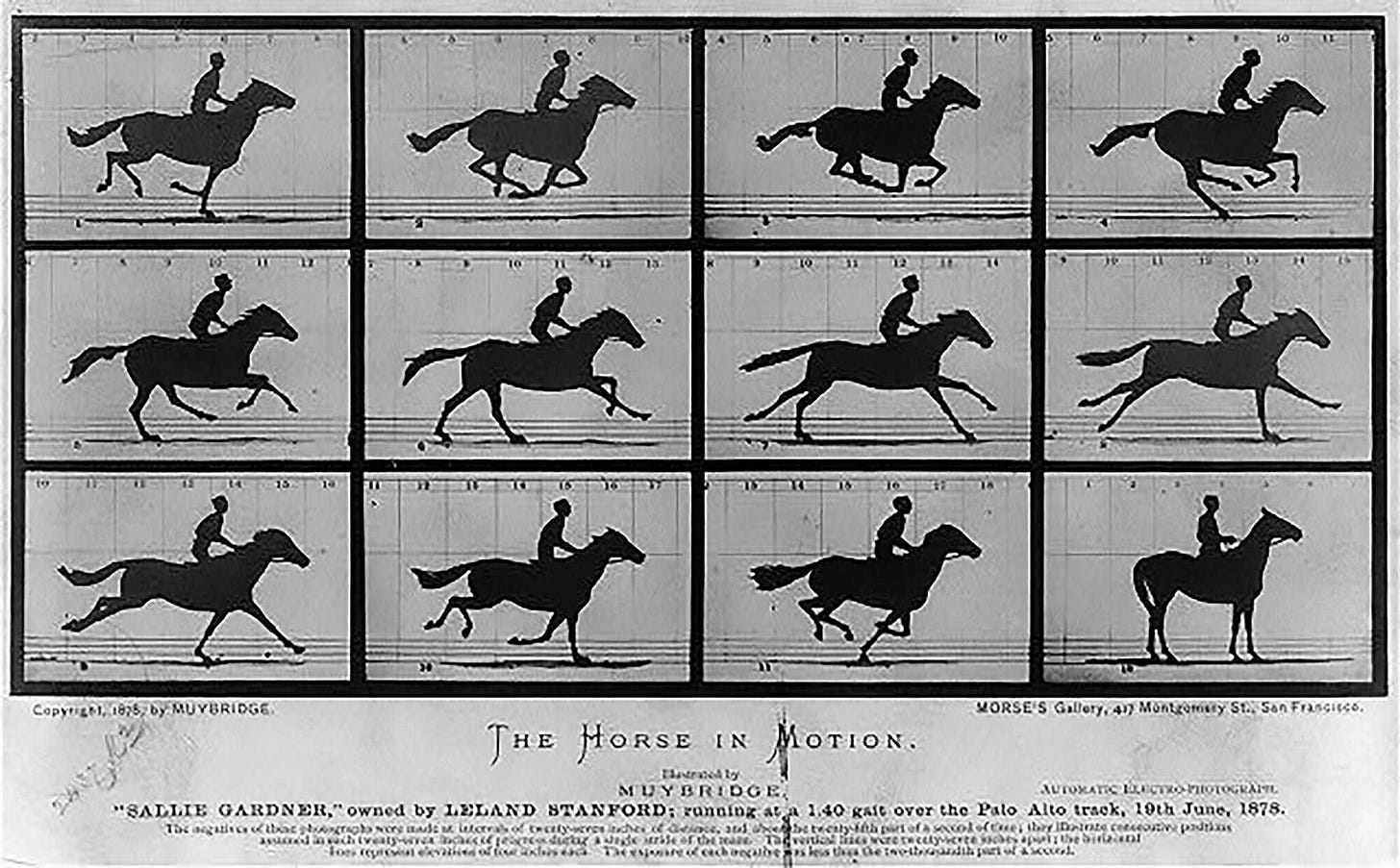

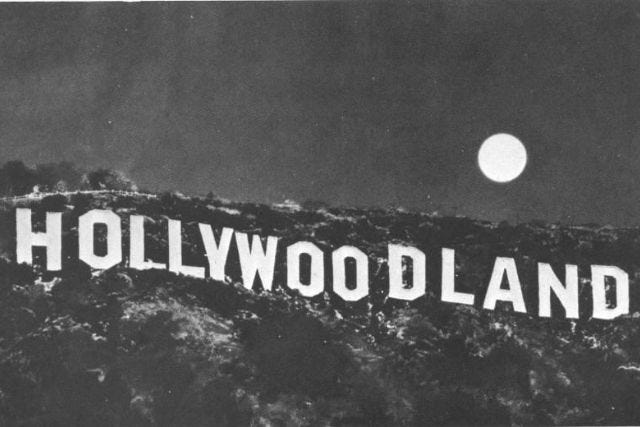
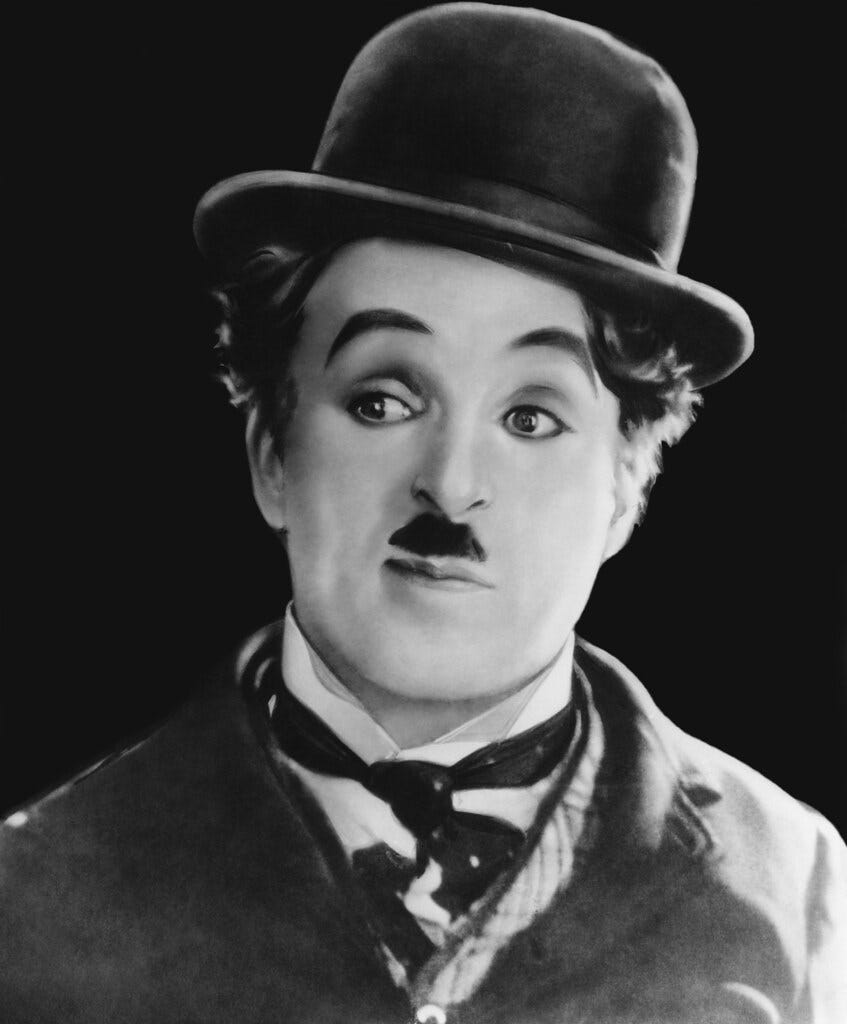
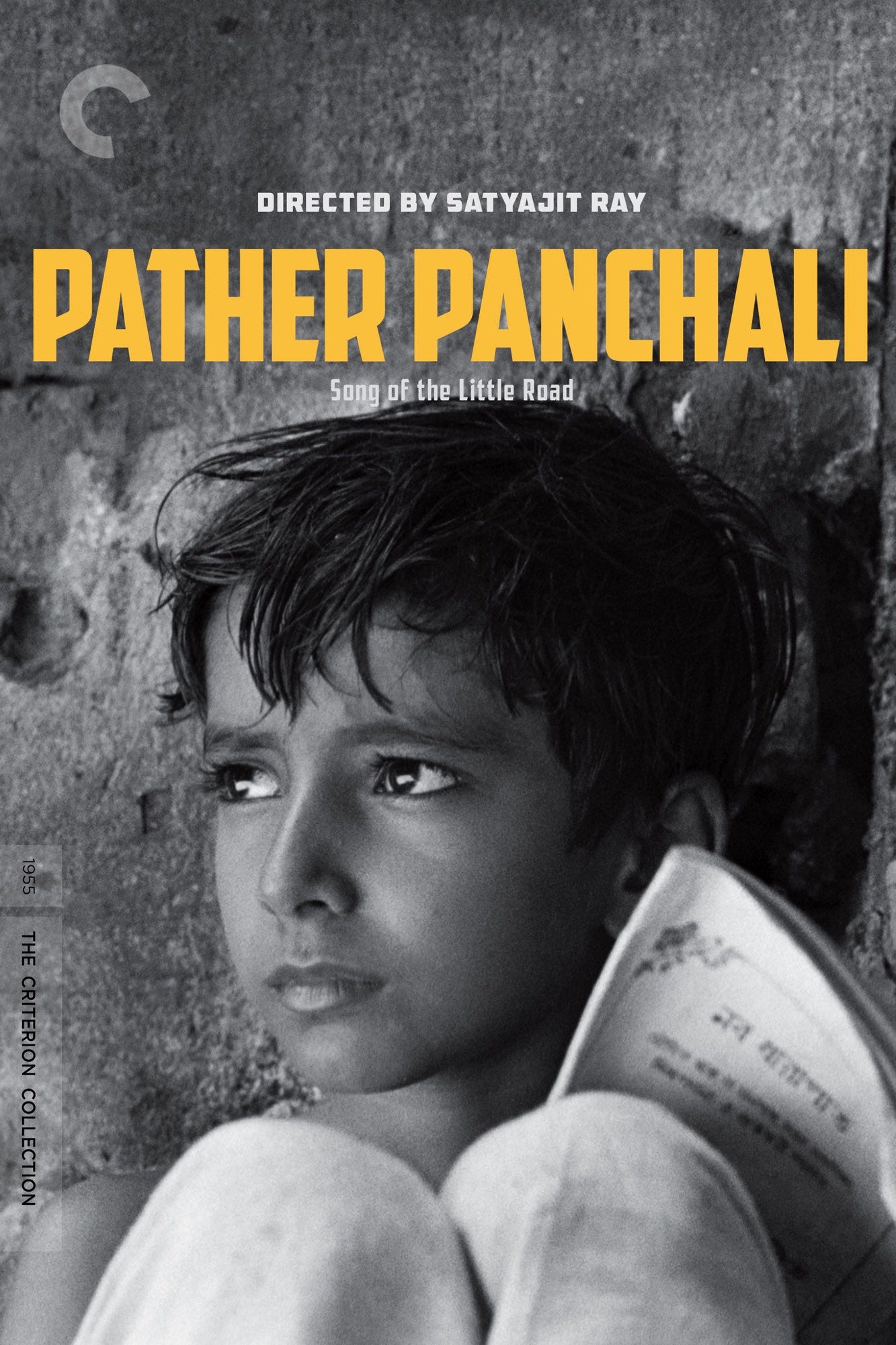


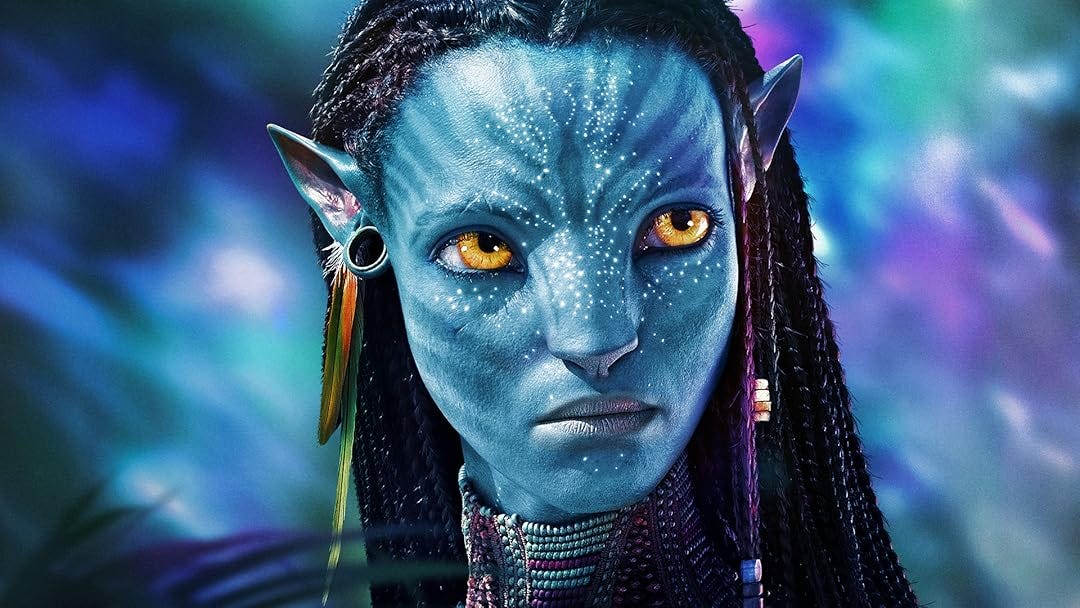
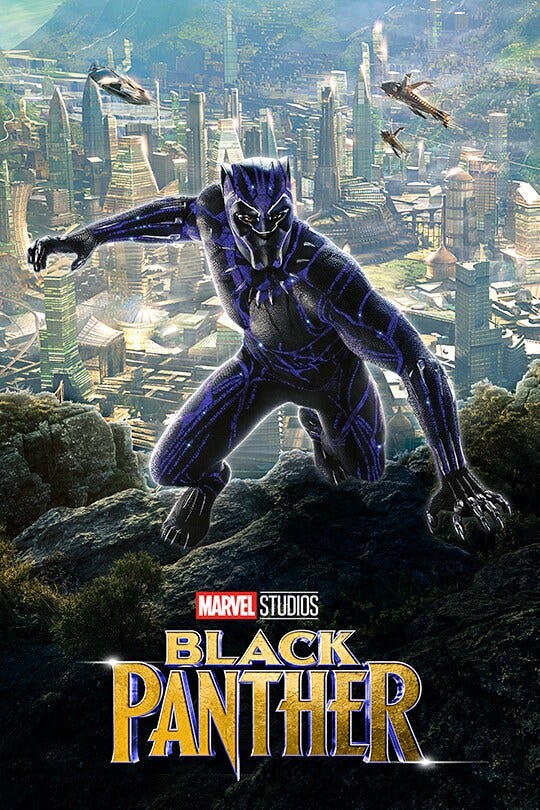


Comments
Post a Comment